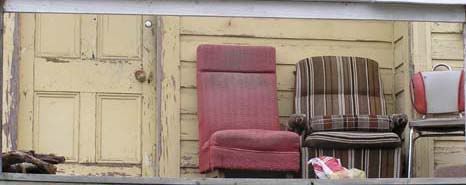Over at HBR, there’s a great article entitled “Strategy as a wicked problem.” This month (May) is a good time to read it, because HBR has a limited time offer of free access this month.
The summary reads:
Many corporations […] have replaced the annual top-down planning ritual, based on macroeconomic forecasts, with more sophisticated processes. They crunch vast amounts of consumer data, hold planning sessions frequently, and use techniques such as competency modeling and real-options analysis to develop strategy. This type of approach is an improvement because it is customer- and capability-focused and enables companies to modify their strategies quickly, but it still misses the mark a lot of the time. Companies tend to ignore one complication along the way: They can’t develop models of the increasingly complex environment in which they operate. As a result, contemporary strategic-planning processes don’t help enterprises cope with the big problems they face. Several CEOs admit that they are confronted with issues that cannot be resolved merely by gathering additional data, defining issues more clearly, or breaking them down into small problems. Their planning techniques don’t generate fresh ideas, and implementing the solutions those processes come up with is fraught with political peril. That’s because, […] many strategy issues aren’t just tough or persistent—they’re “wicked.”
The article goes on to explore the characteristics of a wicked problem, and how complexity is one of the key definers.
It also reinforces the need for constant scanning:
Companies must constantly scan the environment for weak signals rather than conduct periodic analyses of the business landscape. (See, for example, George S. Day and Paul J.H. Schoemaker, “Scanning the Periphery,” HBR November 2005.) It’s increasingly difficult to identify the boundaries of the arenas companies should watch. Changes in one industry or segment often affect companies in others. For instance, who could have imagined that changes brought about by the computer industry and the internet would affect the music industry so radically? Businesses should scan sources of regulatory and technological change in addition to monitoring suppliers, competitors, potential entrants, and customers all over the world.
Increasingly a lot of the work I am doing encompasses not only strategic innovation, but innovative ways of developing strategy. For example during a three day health sector strategy event last year for a multi-billion dollar organisation , I had the attendees examine a massive diversity of learning – from complex marine ecosystems to award winning hotels.
The resulting strategy map – one of the key outputs – delivered an entirely new level of understanding about the future direction of the organisation and the path it needed to take.
It’s interesting to see this sort of different approach to strategy development make it into HBR.
